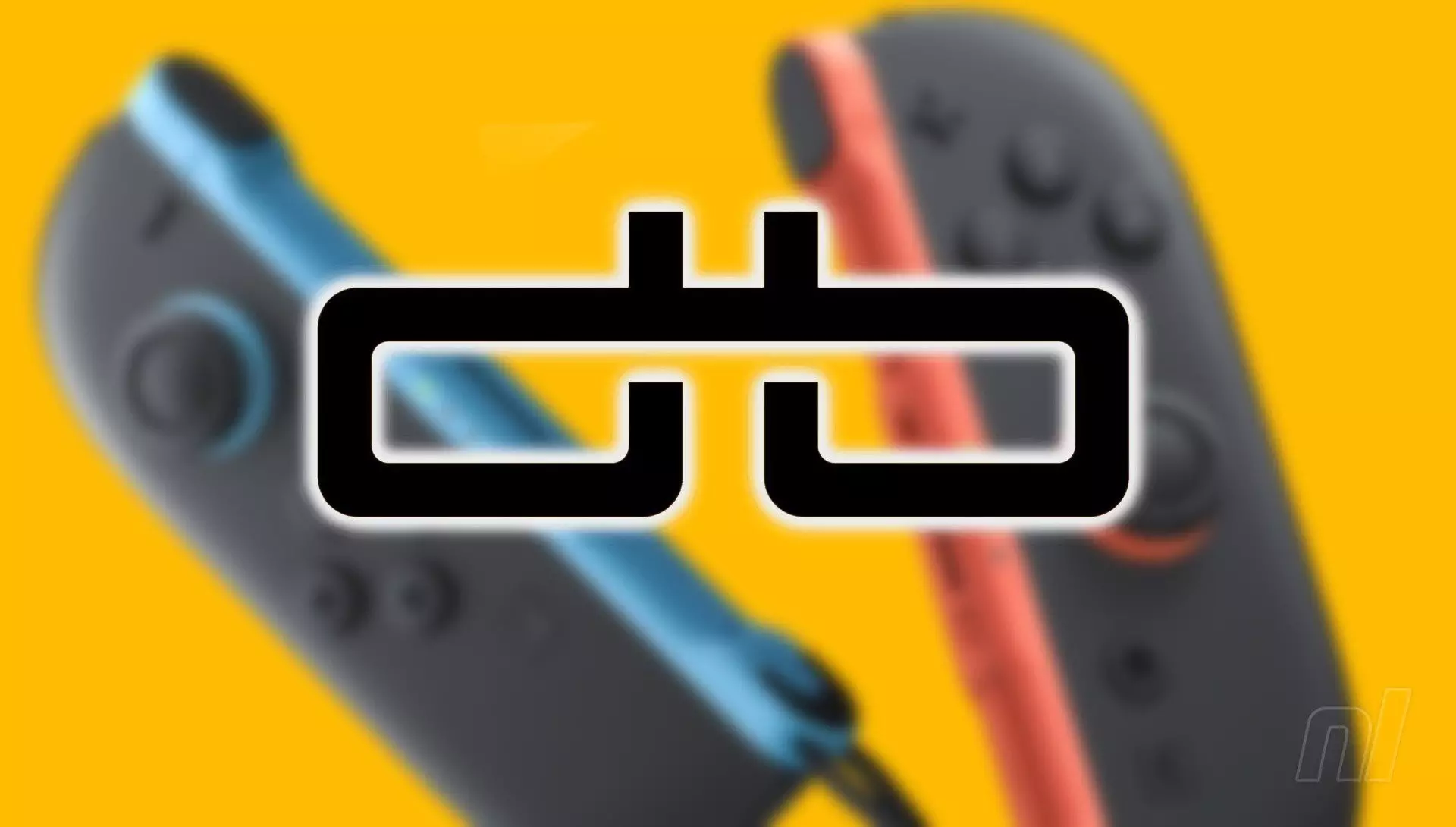Accessory manufacturer Dbrand’s recent foray into producing the Killswitch for Nintendo Switch 2 has culminated in a notable controversy that speaks volumes about corporate accountability and the sensitive nature of consumer electronics design. Initially, the Killswitch faced backlash for reportedly causing Joy-Cons to detach too easily when connected to the console, a problem that can only be labeled as a “manufacturing misstep.” Unfortunately for Dbrand, the manner in which they addressed this issue only served to further inflame customer discontent.
Instead of demonstrating sufficient humility and responsiveness, Dbrand’s initial reaction was characterized as “spectacularly terrible.” This phrase, used by the company itself, cuts to the heart of the issue: their first response came off as dismissive. By suggesting that Joy-Con detachment would only occur under particular conditions, they effectively shifted blame onto users, an approach that can be deemed not just irresponsible but also indicative of a lack of empathy. This type of communication fails to recognize the reality of how people interact with their devices, placing the onus on consumers rather than accepting shared responsibility in the product’s design and functionality.
Redefining Accountability: Dbrand’s Shift in Tone
The company’s evolution in messaging has been rather striking. In a follow-up Reddit post, they bravely acknowledged their initial inadequacy and issued a heartfelt apology, stating, “After reading through your feedback, it’s quite clear that our post was a spectacularly terrible response to the issue at hand.” This kind of acknowledgment is essential. It’s not merely about saving face; it’s about establishing trust with a consumer base that feels betrayed. The reality is that customers are entitled to expect high-quality products and reasonable support from the manufacturers they choose to engage with.
By finally admitting that users should be able to handle their consoles without fear of malfunction, Dbrand has taken a crucial step toward rebuilding rapport. In a culture where corporate accountability can often seem like lip service, this newfound browbeaten sincerity is refreshing. It illustrates a growing recognition among companies that transparency and contrition, particularly in technology-related matters, resonate deeply with today’s consumers.
The Path Forward: Product Redesign and Customer Assurance
Dbrand is now at a crossroads as they consider two potential solutions: a complete redesign or an improved version of the existing Killswitch model. Undoubtedly, the commitment to offer replacements to all customers—regardless of their personal experiences with the detachment issue—demonstrates a commendable customer-first mindset. By actively promising replacements, they signal their recognition that consumer loyalty hinges on trust and reliability, particularly after a brand has stumbled.
The proposed redesign concept is ambitious and poses its own sets of challenges. It raises questions about the feasibility of mass production and effectively addresses the design flaws that led to the Killswitch controversy in the first place. Conversely, if a more expedient improvement of the existing product can come to fruition, it could serve as an important bridge that restores faith in the Dbrand brand while still addressing consumer anxieties.
Cultural Implications: Navigating Consumer Expectations in the Digital Age
The Killswitch debacle and Dbrand’s response serve as a microcosm of a larger trend we often witness in the tech industry regarding consumer experiences and corporate messaging. In an age characterized by instantaneous access to information and the unrelenting scrutiny of online feedback, companies are increasingly compelled to maintain a consistent and constructive dialogue with their users. The expectation is no longer merely that a product works; consumers now desire assurance of continual support and integrity from the companies they support financially.
Over the next few months, Dbrand faces the challenge of not only remedying their misstep but also rediscovering their place in the fiercely competitive accessory market. Their journey will be closely watched, as consumers seek proof that the company not only hears them but values their feedback—and considers it a roadmap for future growth. As they move forward to deliver tech improvements and reinvigorate their customer relations, Dbrand can turn this setback into an opportunity for rebirth, potentially emerging as a stronger and more responsible player in the accessory manufacturing arena.

